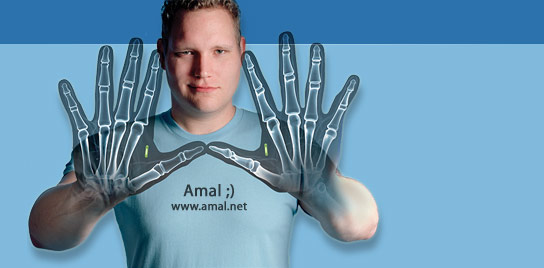 City signs have a unique way of greeting people. In Issaquah, for instance, motorists are told they’re entering “a special place where people care.” For years, Bothell invited people to stay “for a day or a lifetime.”
City signs have a unique way of greeting people. In Issaquah, for instance, motorists are told they’re entering “a special place where people care.” For years, Bothell invited people to stay “for a day or a lifetime.”
In Medina, a new sign bears this warning: “You Are Entering a 24 Hour Video Surveillance Area.”
Cameras have recently been installed at intersections to monitor every vehicle coming into the city.
Under the “automatic license plate recognition” project, once a car enters Medina, a camera captures its license-plate number. Within seconds, the number is run through a database.
If a hit comes up for a felony — say, the vehicle was reported stolen or is being driven by a homicide suspect — the information is transmitted instantaneously to police, who can “leap into action,” said Police Chief Jeffrey Chen.
“These cameras provide us with intelligence,” Chen said. “It gets us in front of criminals. I don’t like to be on a level playing field with criminals.”
He declined to give the number and location of all the cameras.
Medina — a city of 3,100 with an average household income of $222,000 — had discussed the idea for years as a way to discourage crime, city officials said.
Last year, there were 11 burglaries, Chen said.
“Some people think [that number of burglaries] is tolerable,” he said. “But even one crime is intolerable.”
All captured information is stored for 60 days — even if nothing negative turns up, he said. That allows police to mine data if a crime occurs later, Chen said.
Doug Honig, spokesman for the American Civil Liberties Union of Washington, said such a system smacks of privacy violations.
“Government shouldn’t be keeping records of people’s comings and goings when they haven’t done anything wrong,” he said. “By actions like this, we’re moving closer and closer to a surveillance society.”
Medina City Council  member Lucius Biglow said crime prevention “outweighs concern over privacy.”
member Lucius Biglow said crime prevention “outweighs concern over privacy.”
“Privacy is considerably less nowadays than it was, say, 50 years ago,” he said. “I think most of us are pretty well-documented by the federal government … simply because of the Internet and credit cards.”
It’s no secret cameras are everywhere — in stores, streets, parks and intersections where police want to cite drivers for running red lights.
A 2005 city survey showed that nearly a half of Medina’s residents agreed with the camera installation. In 2007, the City Council unanimously approved moving forward. (A cost for the project was not immediately available Tuesday from city officials.)
The city looked to nearby Hunts Point as an example. The peninsula-shaped residential community just north of Medina has been using a video-camera setup to record a continuous loop of car traffic in and out of town for more than three years, town administrator Jack McKenzie said.
The town of about 500 residents hasn’t had a single break-in since the cameras were installed. “I recommend it highly,” McKenzie said.
He said visitors to Hunts Point can’t miss the video equipment: “It’s 12 feet tall and covered with cameras,” he said of the installation, which is located at the traffic circle at the entrance to the community. There are eight cameras in all; pairs of cameras point in four directions.
No residents have ever complained about it, he said.
McKenzie said the town has used it for evidence in a couple of cases. In one case, he said, a woman driving a Mercedes ran into a mailbox pagoda, damaging the mailboxes and her car.
Medina police — who provide Hunts Point with police protection — reviewed the tape and picked out the undamaged Mercedes going into town, and the damaged car later coming out.
Medina City Council members say the cameras aren’t about preserving a gated-community atmosphere.
“We’re not elitist at all,” Council member Robert Rudolph said. “There is a mix of people in Medina of all economic strata. What we’re doing here is protecting our citizenry.”
source: http://seattletimes.nwsource.com/html/localnews/2009873854_medina16m.html
Tags: biometrics, cameras, culture, driving, privacy, security, tracking












